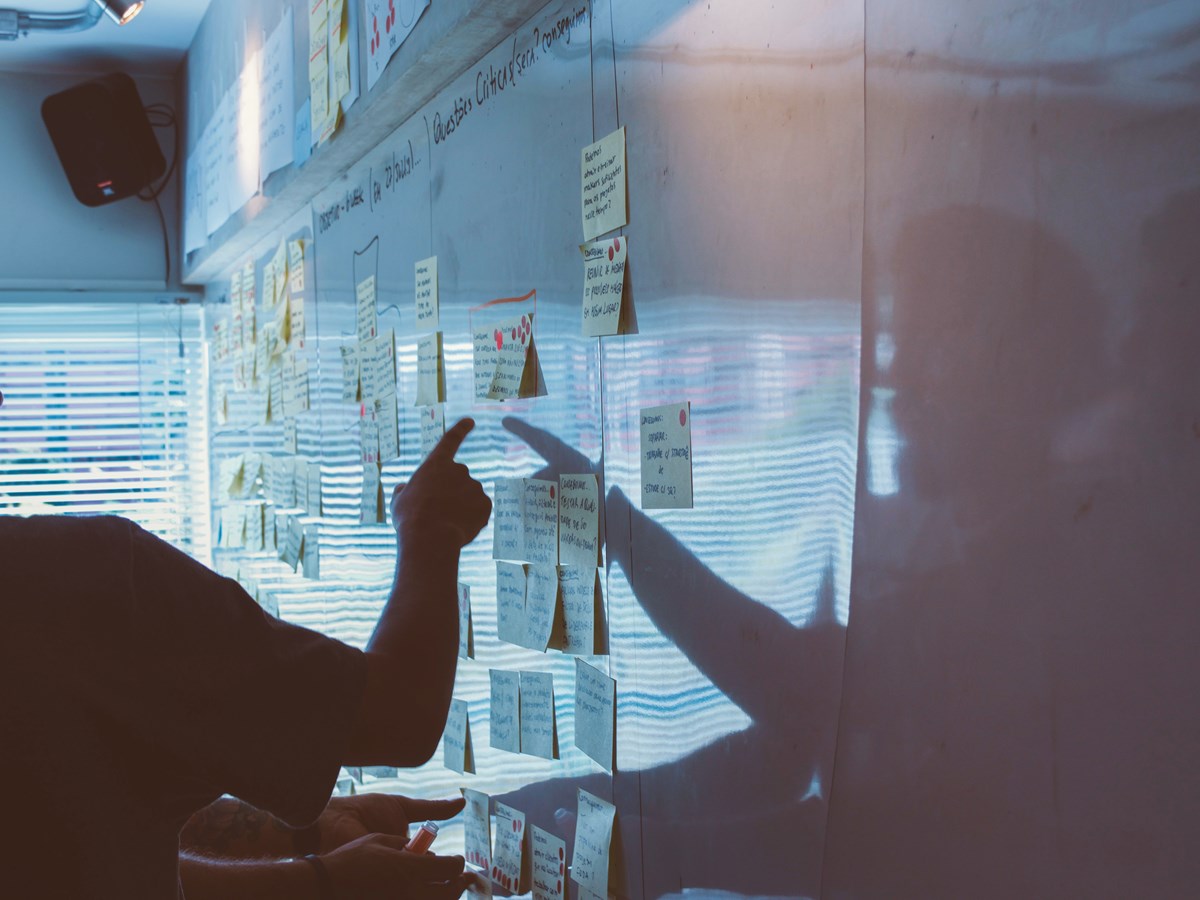Contextual Safeguarding multi-agency panel discussions focus on the welfare needs of children. The chair (or co-chairs) have an important role in encouraging, and sometimes challenging, partners to keep this as the focus. They should reflect all the time on whether the language being used in meetings and referrals supports this, or not. Panel conversations should be about the harm young people are experiencing and the impact this is having on their wellbeing and safety. This should lead to questions about what the network of safe adults connected with a context can do better to reduce the harm. On the other hand, the discussion should avoid and challenge language that places responsibility and blame onto young people for the things that are happening and also avoid any actions that treat children as adults and that imply adult responsibility.
When partners come together, inevitably there are disagreements, especially when the partnership is developing new responses. Chairs can find themselves involved in managing disagreements about whether something has reached the 'threshold' of risk and harm for certain services and support to be offered. This will be helped by a local policy that sets out the thresholds for risk and harm that happen in contexts outside of the home. There are examples of these on the toolkit (for example the Hackney Wellbeing Framework and the Schools Threshold and Pathway Policy).
Another important question for Contextual Safeguarding multi-agency panels chairs is - who comes to the meeting? You would expect to see traditional safeguarding partners there, like children’s social care, youth services, the police, education and healthcare. During the Scale-Up project, panels widened their scope to also include Voluntary and Community Sector partners, community safety and other council departments like leisure or planning services. Sometimes private businesses (like shops or hotels) and residents were also included in multi-agency discussions - usually in stand alone (rather than ongoing) meetings about safety in a location. In either case, the chair has an important role in making sure the right people are around the table. Outside of the meetings chairs should facilitate relationships that build a community of partners who understand their responsibility and are willing to act to safeguard adolescents.
What makes an effective chair of multi-agency panels for EFH? How can the knowledge and expertise of all partners be valued and heard in panel meetings? These resources and guidance documents provide the tools to ensure multi-agency panels are collaborative and effective

Resources and guidance on how to ensure effective referrals to multi-agency panel meetings

Tools and guidance for those looking to conduct 'Context Conferences'








